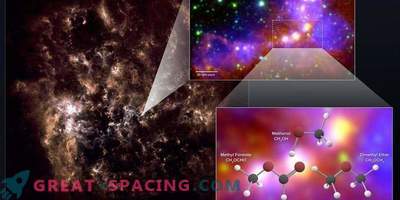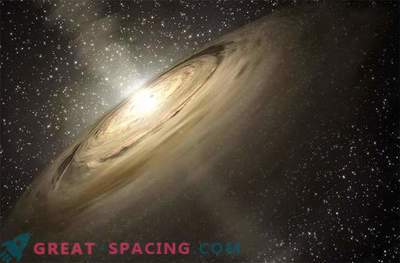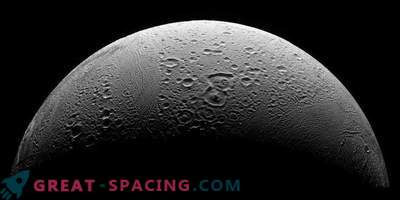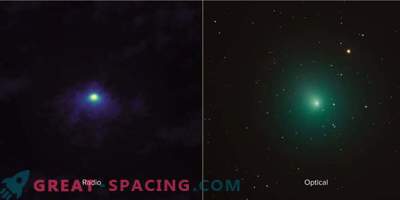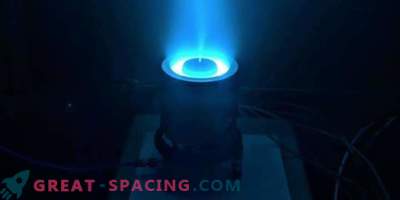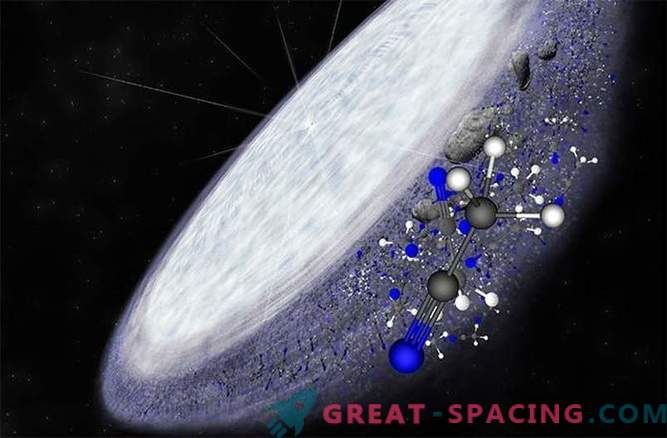
Scientists have discovered complex organic molecules in a protoplanetary disk of gas, dust, and ice swirling around a very young star. This is proof that the building blocks for life may be common in the universe.
"We already knew that these discs are rich in water and simple organic substances. But for the first time we discovered more complex organic substances," said astronomer Karin Oberg, from the Harvard-Smithsonian Center for Astrophysics.
Using the Atakam Large Millimeter / Submillimeter Grid (ALMA) located in Chile, Oberg and his colleagues discovered a large amount of methyl cyanide — a complex carbon-containing molecule, and a simple hydrogen cyanide molecule in a protoplanetary disk around MWC 480 — a very young star that is about twice as large our Sun, located at a distance of 455 light years from Earth. Molecules were discovered at a distance of 3 billion to 9,000,000,000 miles from the star. Scientists also noted that the proportions of these organic elements are similar to those present on comets of the solar system.
"The study, which will appear in the journal Nature this week, shows that protoplanetary disks are active areas of chemical synthesis, and that such zones are important for the formation of chemically complex elements long before the formation of the planet," said astronomers Jeffrey Blake of California Institute of Technology and Edwin Bergin of the University of Michigan.
The next step, says Oberg, is to research different types of stars to see if they have similar types of organic matter.

